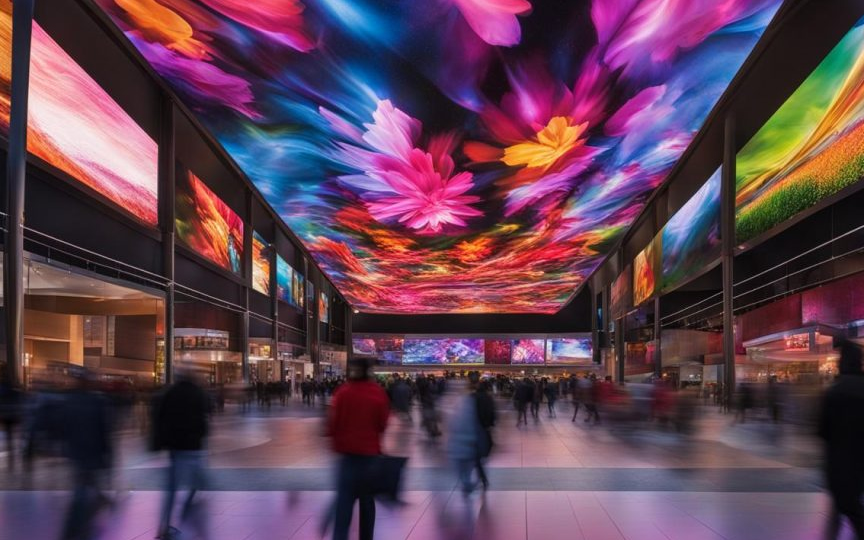When it comes to picking an LED display for your project, there’s no one-size-fits-all answer. The right solution depends on where you’ll use it, what you want it to do, and how much you’re willing to invest. It might seem overwhelming at first — after all, there are so many options out there, from tiny indoor panels to massive outdoor video walls. But with a few key considerations, you can narrow down your choices and find a display that fits your needs perfectly.

First off, think about location. Will the display be indoors or outdoors? Outdoor LED screens need to be much brighter to fight sunlight and usually have higher durability ratings to withstand weather. Indoor displays don’t have to be as bright but often require higher resolution for close-up viewing. Knowing the environment will save you from picking a screen that can’t perform well where it’s installed.
Next, consider the pixel pitch — that’s the distance between individual LEDs. Smaller pixel pitch means higher resolution and sharper images, which is great for displays that viewers will see up close, like in retail stores or conference rooms. Bigger pixel pitch is fine for large outdoor screens that people will view from a distance. It’s all about matching clarity with how and where your audience will see the screen.
Size matters too. How big do you want the screen to be? This depends on your space and your budget. Bigger screens create bigger impact but cost more. Sometimes, a few smaller screens tiled together work better than one huge panel, especially if you need flexibility in setup or transportation.
Another factor is content type. What kind of visuals will you show? Video, static images, text, or interactive content? Some LED systems handle motion and color gradients better than others. If you plan to use the display for dynamic content like videos or animations, invest in a screen with high refresh rates and good color accuracy.
Don’t forget about installation and maintenance. How easy is it to set up and service the display? Some LED displays come with modular designs that make repairs and upgrades simpler. This is important if you expect heavy usage or if the screen will be in a hard-to-reach spot.
Finally, factor in your budget — both upfront costs and ongoing expenses. High-end LED displays can be pricey, but they often pay off through durability, energy efficiency, and better visual impact. On the other hand, cheaper screens might look good initially but could cost more in repairs or replacements down the line.
In short, choosing the right LED display means balancing environment, resolution, size, content, installation, and budget. Take the time to map out your project’s specific needs, talk to trusted suppliers, and maybe even see some demos in person. With the right approach, your LED display won’t just be a screen — it’ll become a powerful part of your project’s success.

